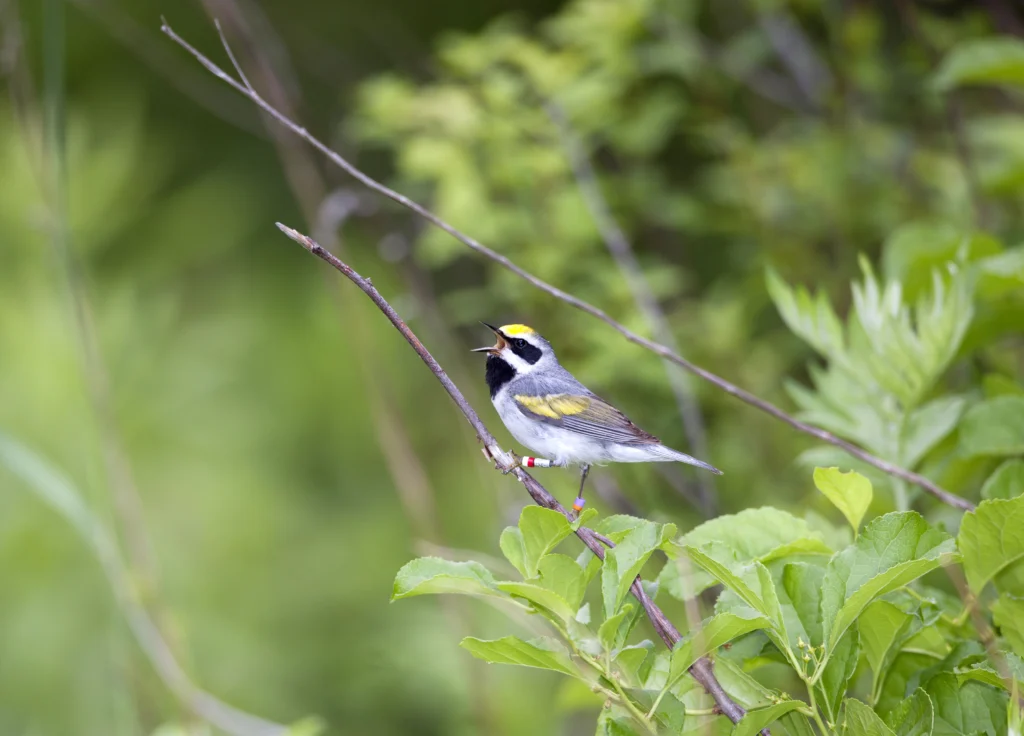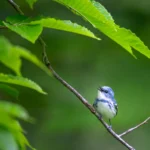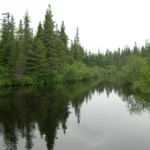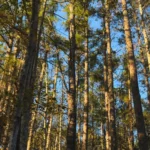While some species need a mix of ages in their vegetation to thrive, others, like the Varied Thrush and Evening Grosbeak, favor the reliability of a mature forest that has grown over a lengthy period without disturbance. Others require old-growth forests — the next stage in a mature forest’s lifecycle. But don’t mistake the term “old-growth” for lacking variety. Tremendous diversity can exist within an old-growth forest. The very nature of their development has enabled multi-layered canopies to form, each hosting birds filling different ecological niches.
Sometimes, the delicate balance of these ecological communities can be thrown off. Food waste at campsites in Pacific Northwest forests is an irresistible draw for the Steller’s Jay and Common Raven. The ABC Crumb Clean initiative encourages campers to clean up their food waste when they clear out.
“Corvids are smart. They know they can grab an easy meal from left-behind food at a campsite. Unfortunately, this can also draw them close to where Marbled Murrelets are nesting,” said Lindsay Adrean, ABC’s Northwest Program Officer. “Marbled Murrelets lay only one egg each breeding season. Nest predation is natural for Steller’s Jays and Common Ravens, but their heavy presence at campsites near murrelet nests can have devastating consequences.”
Many Marbled Murrelets nest in the Pacific rainforest’s sturdy firs, spruces, and hemlocks, preferring trees at least 200 years old. Unlike younger trees, these older trees have generous, ready-made nesting platforms and cover provided by the huge trees’ branches. Unfortunately, trees of this kind are becoming rarer due to logging and fire, leading causes of the decline of the Endangered Marbled Murrelet.
As cambio climático exacerbates pressures on many bird species, old-growth forests may provide a refuge for the species most sensitive to rising temperatures. Old-growth forests hold much of the Earth’s carbon, and their highly varied tree assemblages can create a climate buffer for some species.










